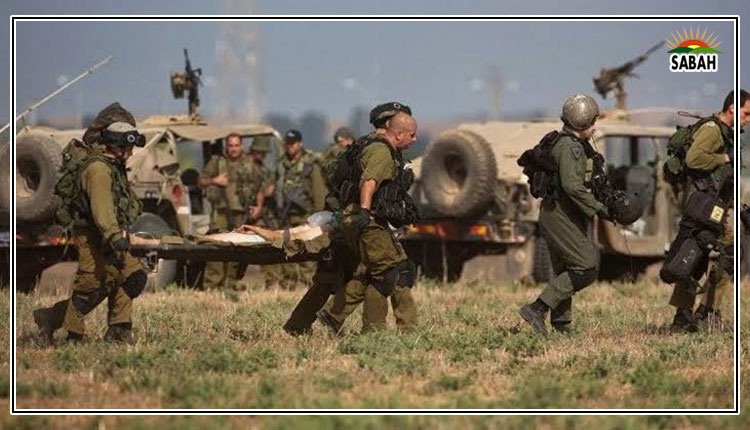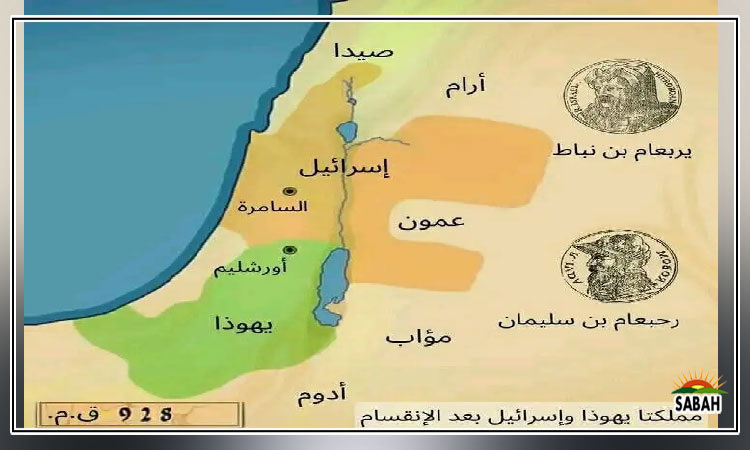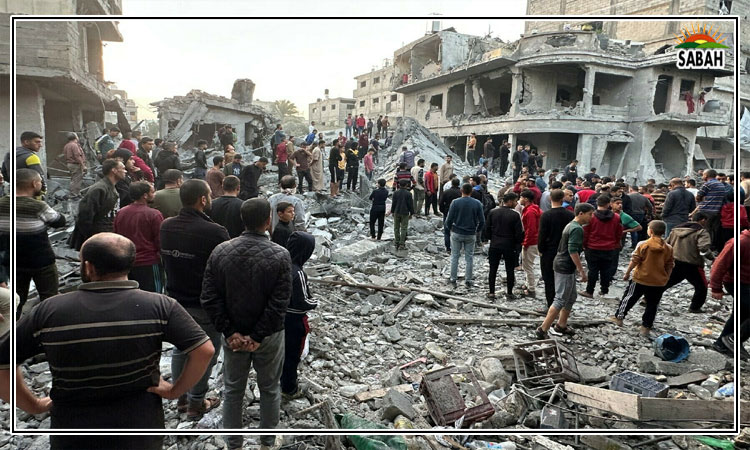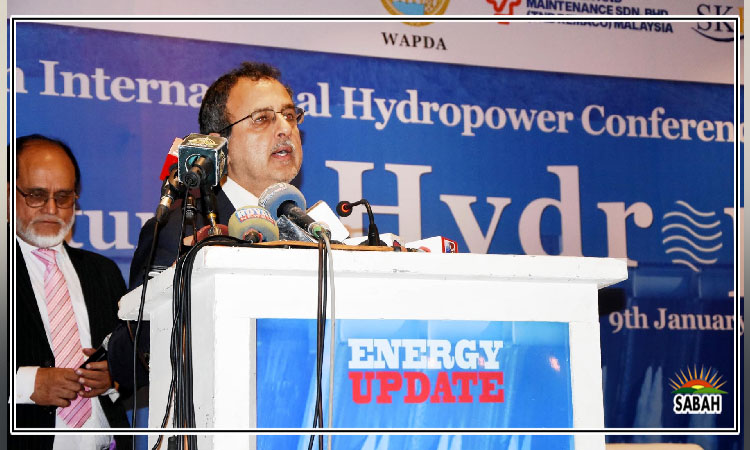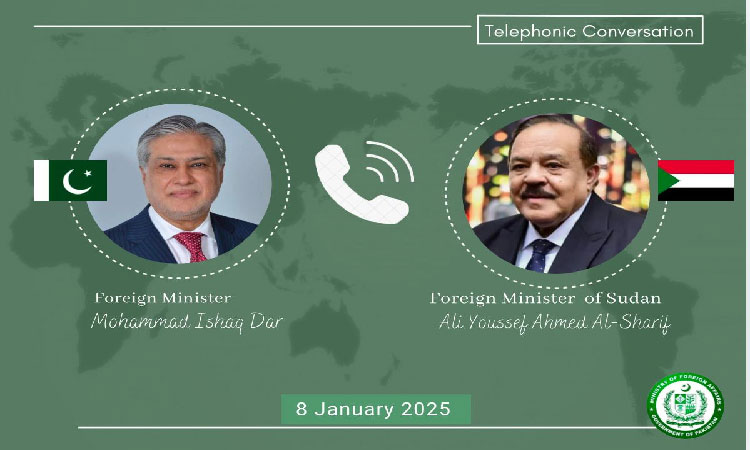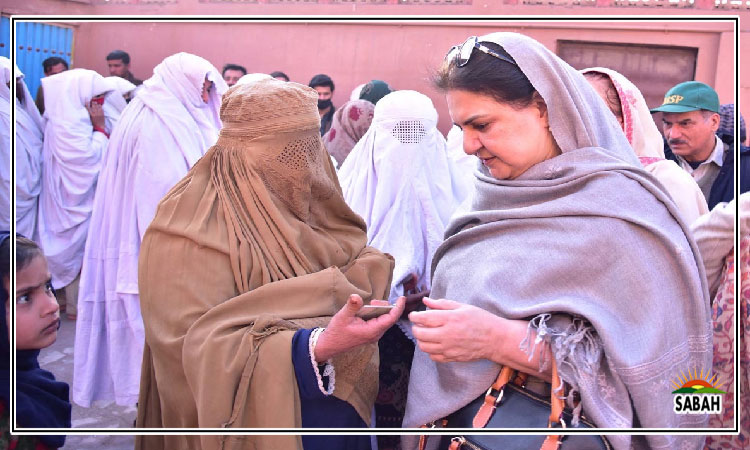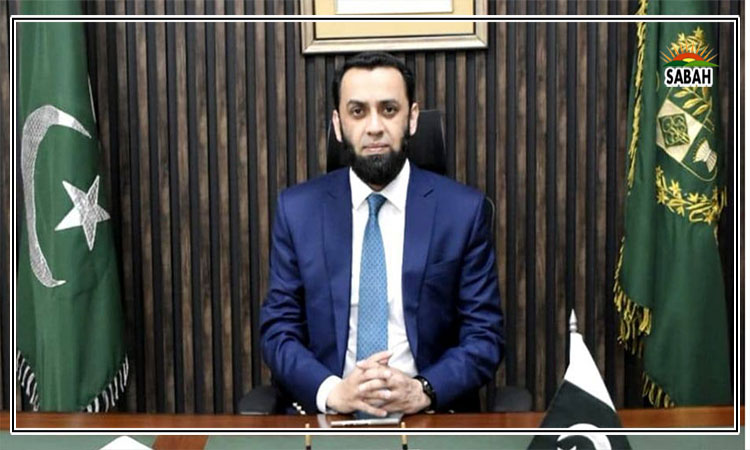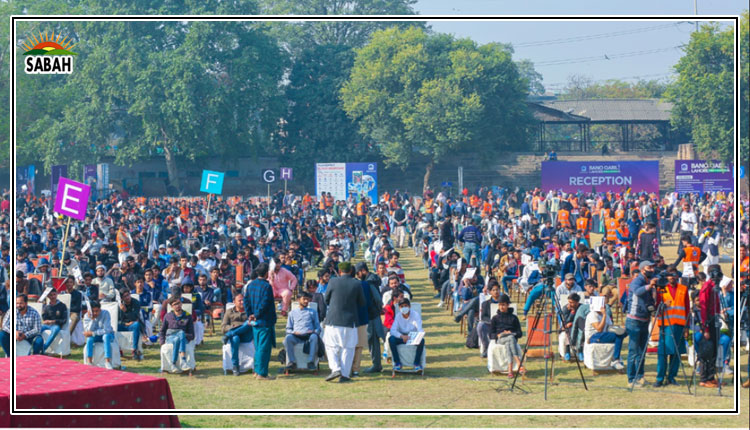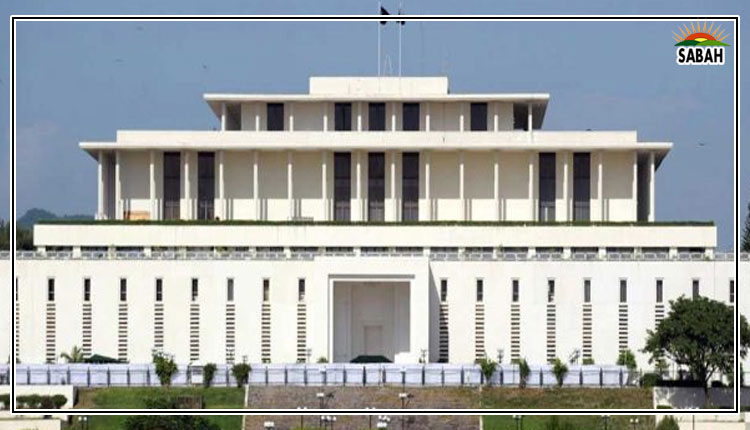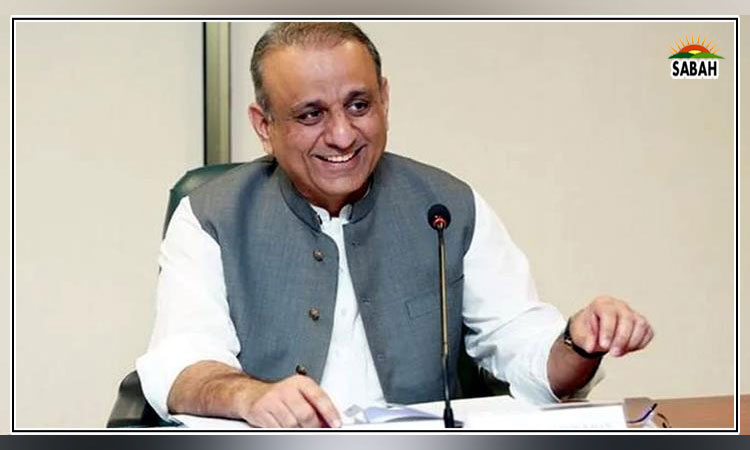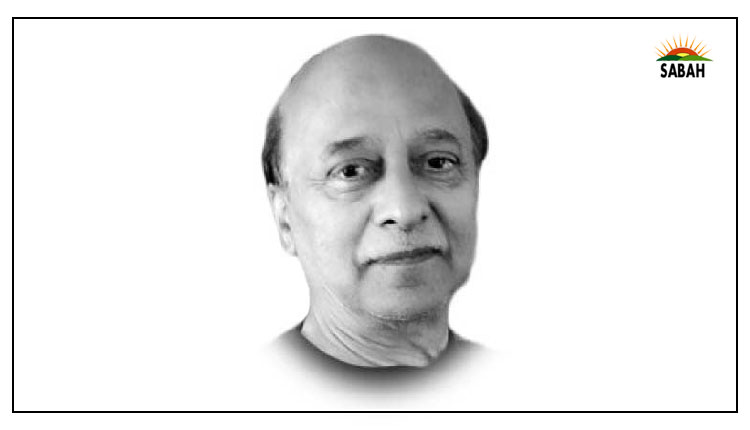Indo-Pak ties: two decades of contrasting journeys…Imtiaz Gul
Pakistan entered 2023 as a politically divided and economically struggling country, yet again reeling from a resurge in proxy terrorist violence with December as the bloodiest month for the security forces in over a decade. Why this slide? Some instructive answers come through a book, The People Next Door: The Curious History of India-Pakistan Relations, penned by TCA Raghavan, a former Indian High Commissioner to Singapore and Pakistan. And hence the following content draws on some provocative but crucially critical content on Pakistan.
The scary wave of violence in December 2022 made Raghavans deductions on various issues much more relevant and provoking for a Pakistani reader Pakistans Kashmir policy, former prime minister Atal Behari Vajpayees landmark visit to Lahore in February 1999, the short-sighted Kargil conflict in summer the same year, and the hijacking of the Indian passenger aircraft, Flight IC 814, and its release at the Kandahar Airport on December 31, 1999. This spiteful event (Raghavan equates it to national humiliation of compromising with terrorists) as well as the Kargil war in summer left deep scars on Indian minds. They not only helped shape a new national vision on how to deal with Pakistan but also developed India to new levels.
as the aircraft bringing the besieged passengers from Kandahar was landing in Delhi PM Vajpayee addressing the nation spoke of the need to combat terrorism as being the first resolution the country had to make.But terrorism is one of the challenges we will have to overcome, he said. He (Vajpayee) spoke about the need to make India a developed country and that January 26, 2000 would mark Indias golden jubilee as a republic.
Thus began with this resolve of New Year a new contrasting journey of India and Pakistan.
A dramatic illustration of this divergence was provided during US President Bill Clintons visit to South Asia in March 2000 it was the India leg which attracted the most attention as he spent five days over several cities and conducted an exercise in public diplomacy seldom seen before or since The visit to Pakistan could not have been a greater contrast. Limited to six hours, it was shrouded in secrecy and security the likes of which are seldom encountered in state visits.
The author also recalls Clintons recorded speech televised via PTV when he had almost left the country in which he said the answer to flawed democracy is not to end democracy but to improve it, an indirect reference to the October 1999 coup by General Musharraf.
Clinton also warned, We cannot and will not mediate or resolve the dispute in Kashmir and it is wrong to support attacks against civilians across the line of control.
The Clinton visit indeed laid the foundations of the current Indo-US strategic partnership that extends to several international partnerships such as QUAD, BRICS, OIC and G-20.
Pakistan was defined by counter-terrorism strategies and discussions on extremist groups based there, while India progressed vertically, rising to the fifth largest economy of the world, where the Artificial Intelligence providers and users has risen to 600 with a worth over $7 billion.
Raghavans book encapsulates in a very pithy way the history so far of the intractably tangled bilateral relations rooted in the bitter division in 1947 (from the Indian perspective) as well as the Kashmir dispute. A relationship that remains hamstrung by factors such as historical baggage, religious acrimony and mistrust. They have all in cyclical patterns cumulatively entailed skewed official narratives that continue to feed and poison public opinion. The book as a whole offers sobering thoughts for Pakistanis and Indians alike for its balanced, matter-of-fact assessment of relations.
The deeper point the book underlines is: over the last two decades, in particular, the Pakistani civil and military leadership failed to foresee the damage its Kashmir-Taliban-centric and anti-India policies would make to its reputation. They also overlooked that Indias rise as the global partner of the US-led western alliance had gradually reduced Pakistan into insignificance because of a three-pronged Indian strategy. It also included a diplomatic offensive to make the world community understand both the reality of the Kargil war and Pakistans continued sponsorship of terrorism in India, writes Raghavan, recalling a statement by former Indian home minister LK Advani.
Like so many other books, including those from the western sources, this book too nevertheless, glosses over the basic question when talking of terrorism in Pakistan: who is stoking this kind of terrorism? Is it really an Islamic caliphate-oriented Islamist movement or proxy terrorist entities to inflict pain on Pakistan for the policies it has pursued over the last three decades?
All I can say in this context are the words of Vivek Katju, a former senior official of the Indian Ministry of External Affairs, who negotiated the end of the Kandahar hijacking. Imtiaz, we will absorb what you have done to us but you may not absorb what we could do to you, he had told me the morning after the negotiations that led to the release of Maulana Masood Azhar, Omar Saeed Sheikh and Mushtaq Bazgar. Katju went on to serve as the Indian ambassador in Kabul during the Karzai era. All the three militants released by India surfaced in Pakistan in January 2000 and added to many of the earlier self-inflicted wounds.
Courtesy The Express Tribune


